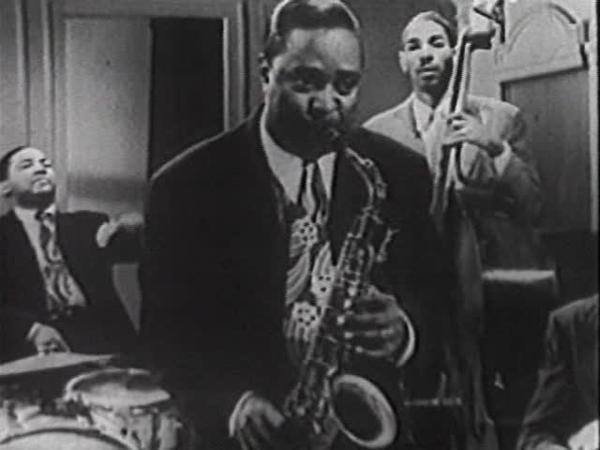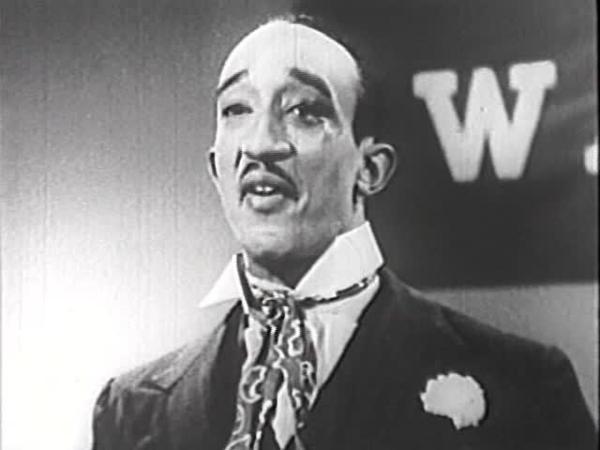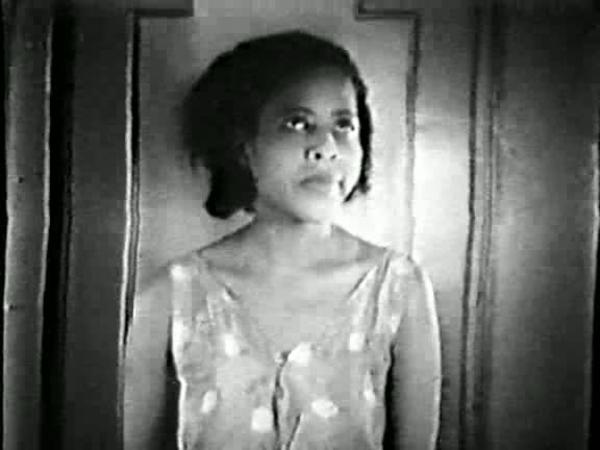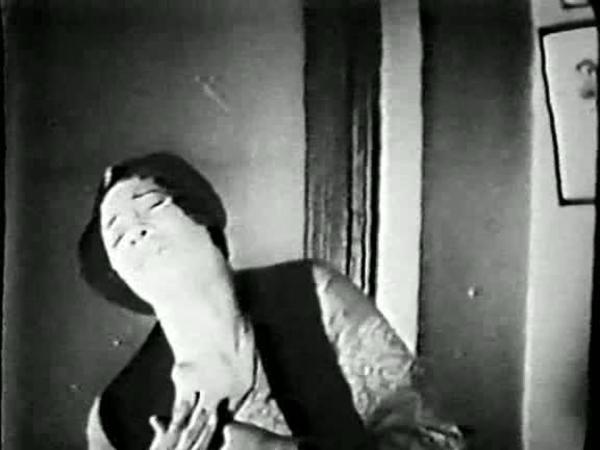Beware

1946![]()
Written by John E. Gordon
Directed by Bud Pollard

A black cast Race Movie made entirely to give an excuse for Louis Jordan to play his jazz for over half the running time, Beware succeeds marvelously in it’s goal, because Louis Jordan is awesome. Everything else, though, is freaking terrible! The flat actors seem pulled from community theater, and occasionally fumble their lines, but the scene continues as if nothing happened.
Louis Jordan is joined by his Tympany Band, at this time the line up is: William Davis on Piano, Joshua W. Jackson on Sax, Aaron Izenhall on Trumpet, Carl Hogan on Guitar, Jesse Simpkins on Bass, and Eddie Byrd on Drums. Also credited is The “ARISTO-GENES” Girls Club, who did some of the dancing.

An interesting feature is aside from Jordan and his band, all of the adult black characters with authority are light-skinned. The Dean, the Professor, and even love interest Annabelle are light complexion. Even more odd, the villain, Charles Ware the Third, is the lightest skinned of them all! The students and minor characters like a guy at the train station are generally darker. I don’t know if there was a conscious effort to cast a more lighter main cast (some of the all black cast films do things like that, Oscar Micheaux did is constantly in his films) or just the film stock has degraded to point where everyone is lighter skinned.
Director Bud Pollard’s first flick was Girls for Sale (1927), a precode white slavery “epic” that he cowrote and codirected. But as John Donaldson at the Classic Horror Film Board detected, there was a bit more to the story. Girls for Sale started out as a German film called Das Frauenhaus von Rio and was advertised as Rio’s Road to Hell, until Brazil’s government go offended and suddenly the title was just Road to Hell. It played at least once with live action nude models (which I think was a stage show that was ripping off the “sex education” films like Mom and Dad) I honestly can’t tell if this film still exists.
Pollard dabbled in all sorts of exploitation fare, from race films like The Black King (1932), It Happened in Harlem (1945), Beware, and Tall, Tan, and Terrific (1946). He made at least one Yiddish language film, Victims of Persecution (1933), and an Italian language film, O Festino o la Legge (1932). He’s probably best known for Alice in Wonderland (1931) and The Horror (1932). Pollard would even appear on film in The Road to Hollywood (1947), which is a collection of Bing Crosby shorts packaged and renamed to cash in on his Road to... flicks, with Bud Pollard hosting the interstitials. You can watch it for free at Archive.org. Heck, you can even watch Beware there!

Beware is a quick way to pass the time and filled with lots of cool jazz. Though in this day and age you can just download tons and tons of Louis Jordan tunes, turning Beware more into an interesting artifact of the time. What will people say of Katy Perry: Part of Me in 60 years?

|











